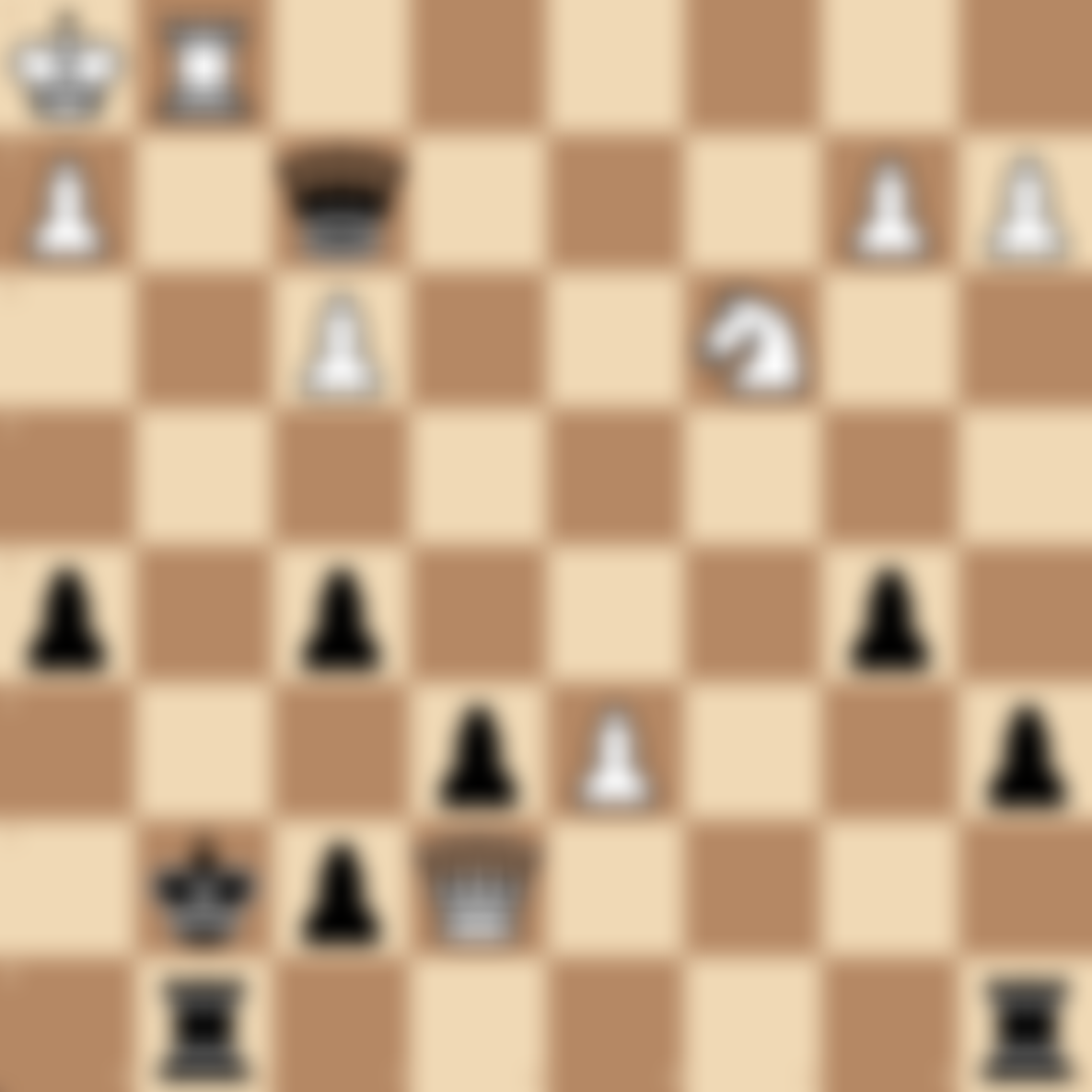Perpetual Check in Chess: The Art of Forcing a Draw
Introduction
Perpetual check is a fascinating tactical motif in chess that can turn a losing position into a draw. At chesspuzzles.io, we've compiled a series of puzzles and information to help you master this important concept, enhancing your defensive skills and tactical awareness.
What is Perpetual Check?
Perpetual check is a situation in chess where one player can continuously check the opponent's king without end, forcing a draw by repetition. This occurs when the defending king has no way to escape the series of checks or when doing so would result in an even worse position.
Importance of Understanding Perpetual Check
Mastering perpetual check is crucial for several reasons:
- Defensive resource: It can save half a point in otherwise lost positions.
- Tactical awareness: Recognizing perpetual check opportunities improves overall tactical vision.
- Time management: In time trouble, perpetual check can be a quick way to secure a draw.
- Psychological tool: The threat of perpetual check can pressure opponents into making mistakes.
- Endgame technique: Many endgames are drawn due to perpetual check possibilities.
Key Concepts in Perpetual Check
- Repetition of position: A draw is typically claimed after the same position occurs three times.
- Limited king moves: The defending king must have limited safe squares to move to.
- Sufficient attacking force: The checking side needs enough power to maintain the checks.
- Open lines: Clear paths for the checking pieces are essential.
- Zwischenzug: Sometimes, a key intermediate move is needed to set up the perpetual check.
Common Perpetual Check Patterns
- Queen checks along an open diagonal or file
- Rook checks along an open file or rank
- Knight checks in an enclosed position
- Alternating checks with two pieces
- Checks combined with threats, forcing a specific king path
How to Set Up Perpetual Check
- Look for open lines to the enemy king.
- Identify potential checking pieces (usually queen, rook, or knight).
- Calculate if the king has any safe squares to escape the checks.
- Consider sacrifices that might open up checking lines.
- Be aware of stalemate possibilities as an alternative draw mechanism.
Defending Against Perpetual Check
- Look for ways to block checking lines with your own pieces.
- Try to create safe squares for your king to escape to.
- Consider giving up material if it allows your king to reach safety.
- In some cases, allowing a single check and then moving to a safe square can break the perpetual.
Famous Games Featuring Perpetual Check
- Carlsen vs. Karjakin, World Chess Championship 2016, Game 16
- Fischer vs. Spassky, World Chess Championship 1972, Game 3
- Kasparov vs. Karpov, World Chess Championship 1987, Game 24
Practice Perpetual Check Puzzles
Enhance your understanding and execution of perpetual check with our carefully curated collection of puzzles:
Try our Perpetual Check Puzzles on chesspuzzles.io now
These challenging puzzles are designed to improve your ability to spot and create perpetual check opportunities in various positions.
FAQs
Q: Is perpetual check the same as a threefold repetition? A: While related, they're not exactly the same. Perpetual check is a specific tactic that often leads to a threefold repetition, but a threefold repetition can occur without perpetual check.
Q: Can perpetual check occur in the opening or middlegame? A: Yes, although it's less common. Perpetual check can happen at any stage of the game if the position allows for it.
Q: Is it considered bad sportsmanship to use perpetual check to draw a lost position? A: Not at all. Perpetual check is a legitimate tactic and part of the game. Using it to save a draw in a lost position is considered good defensive play.
Q: Can engines always find perpetual check if it exists in a position? A: Strong chess engines are very good at finding perpetual checks, but in extremely complex positions, they might occasionally miss one, especially if the depth of calculation required is very high.
Q: How can I improve my ability to spot perpetual check opportunities? A: Regular practice with tactical puzzles, especially those focused on perpetual check, can greatly improve your ability to spot these opportunities. Analyzing your own games and studying master games with a focus on drawing resources will also help.
Master the art of perpetual check to add a powerful defensive weapon to your chess arsenal! Ready to test your skills? Try our Perpetual Check Puzzles on chesspuzzles.io now and learn how to save seemingly lost positions!
